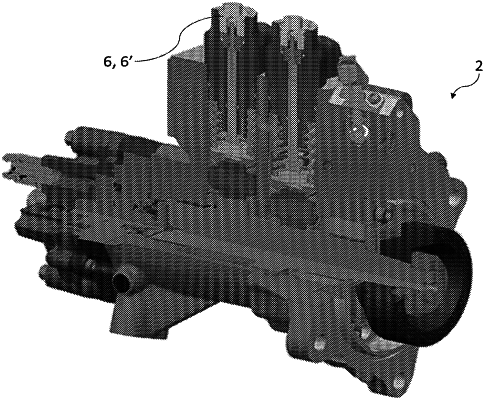| CPC C22C 38/44 (2013.01) [C21D 1/18 (2013.01); C22C 38/04 (2013.01); C22C 38/06 (2013.01); C22C 38/46 (2013.01); C23C 8/26 (2013.01); F02M 61/166 (2013.01)] | 18 Claims |

|
1. A fuel system, comprising:
at least one fuel component formed of a steel alloy comprising 0.01-0.31 wt. % carbon, 0.0-0.20 wt. % silicon, 0.15-0.50 wt. % manganese, 0.0-0.015 wt. % phosphorous, 0.0-0.001 wt. % sulfur, 4.80-5.20 wt. % chromium, 4.80-6.20 wt. % nickel, 0.60-0.80 wt. % molybdenum, 0.0-0.550 wt. % vanadium, and 2.000-2.400 wt. % aluminum, wherein the at least one fuel component is configured to come in contact with fuel when fuel is passed through the fuel system.
|